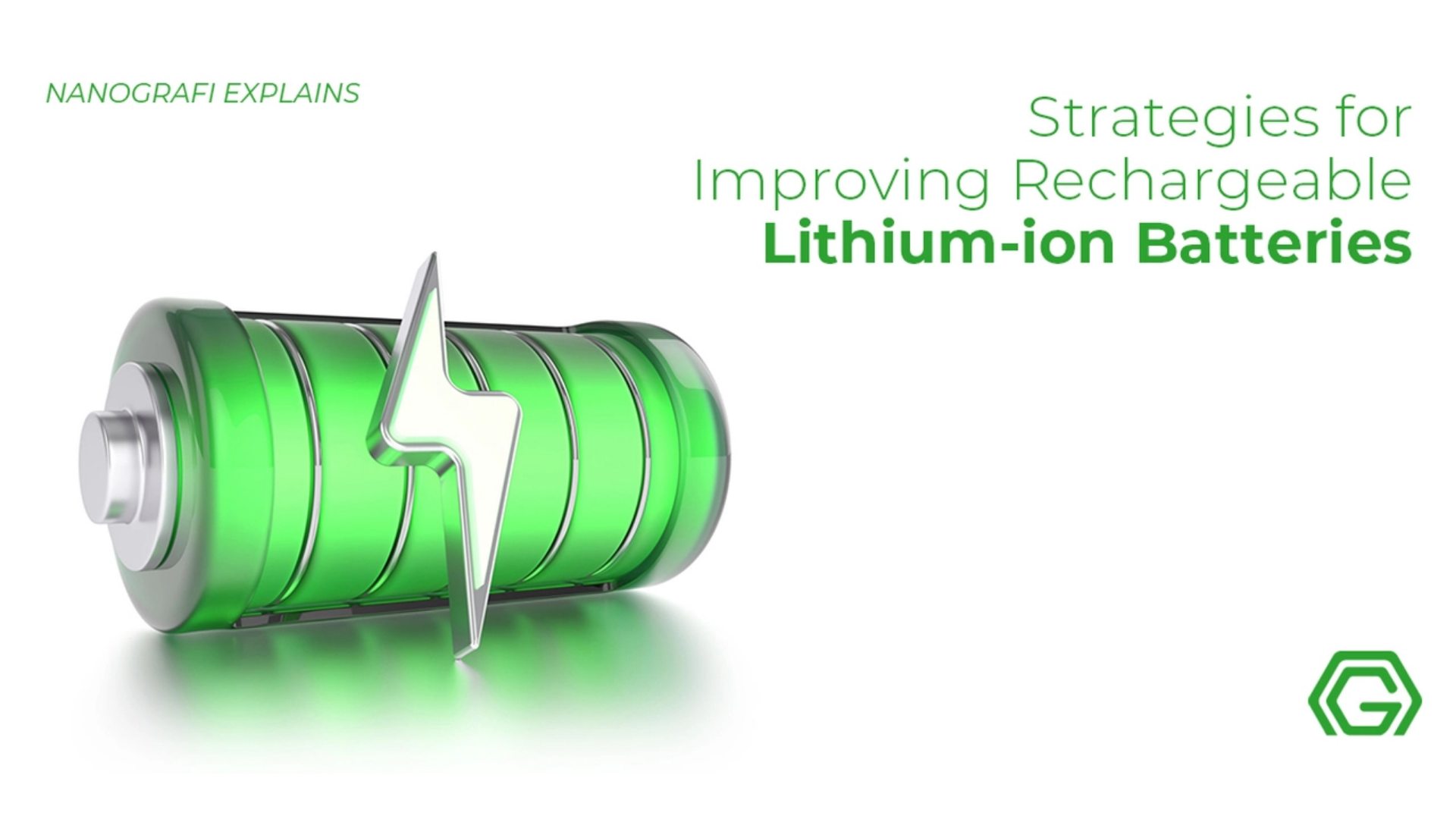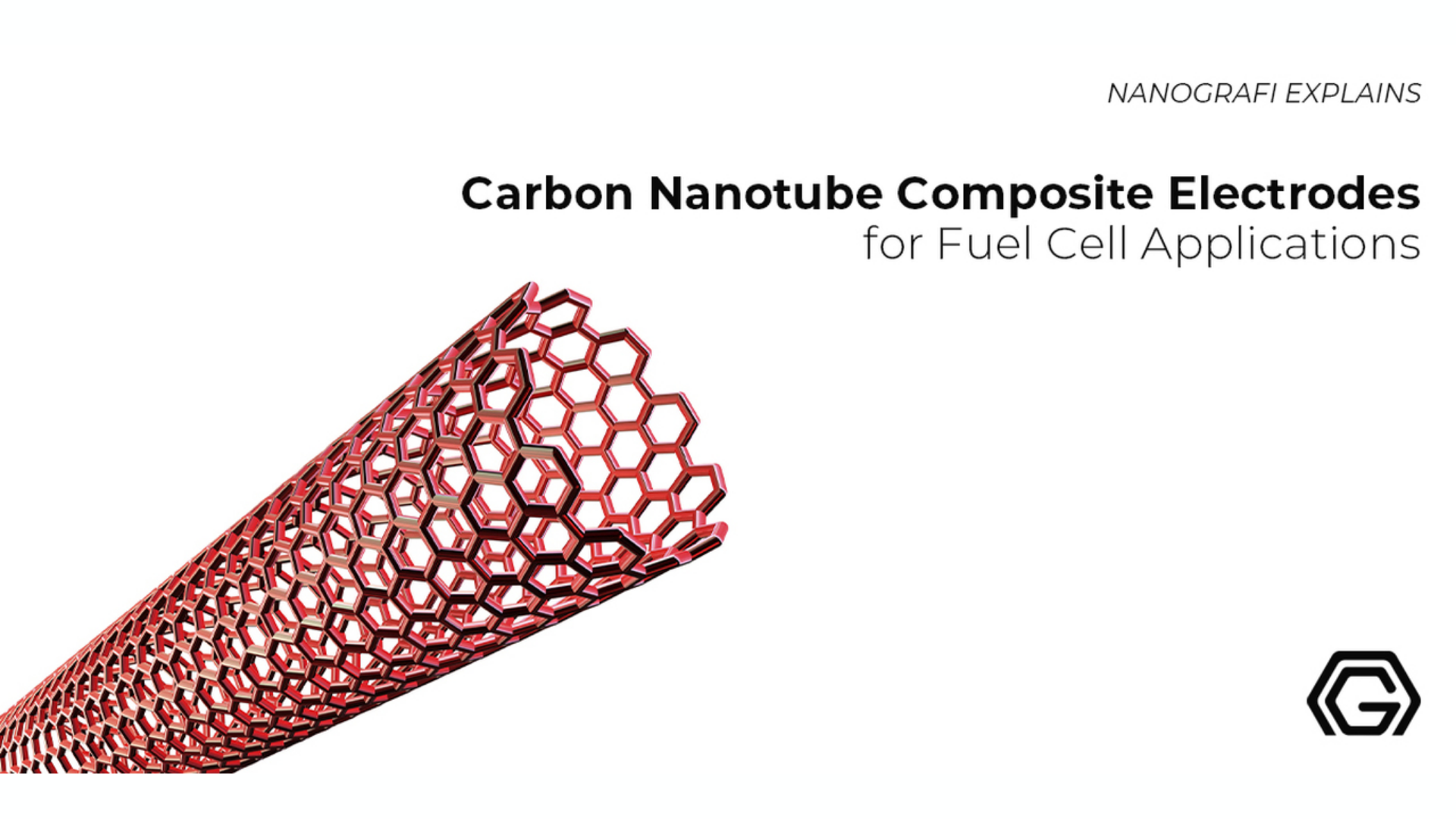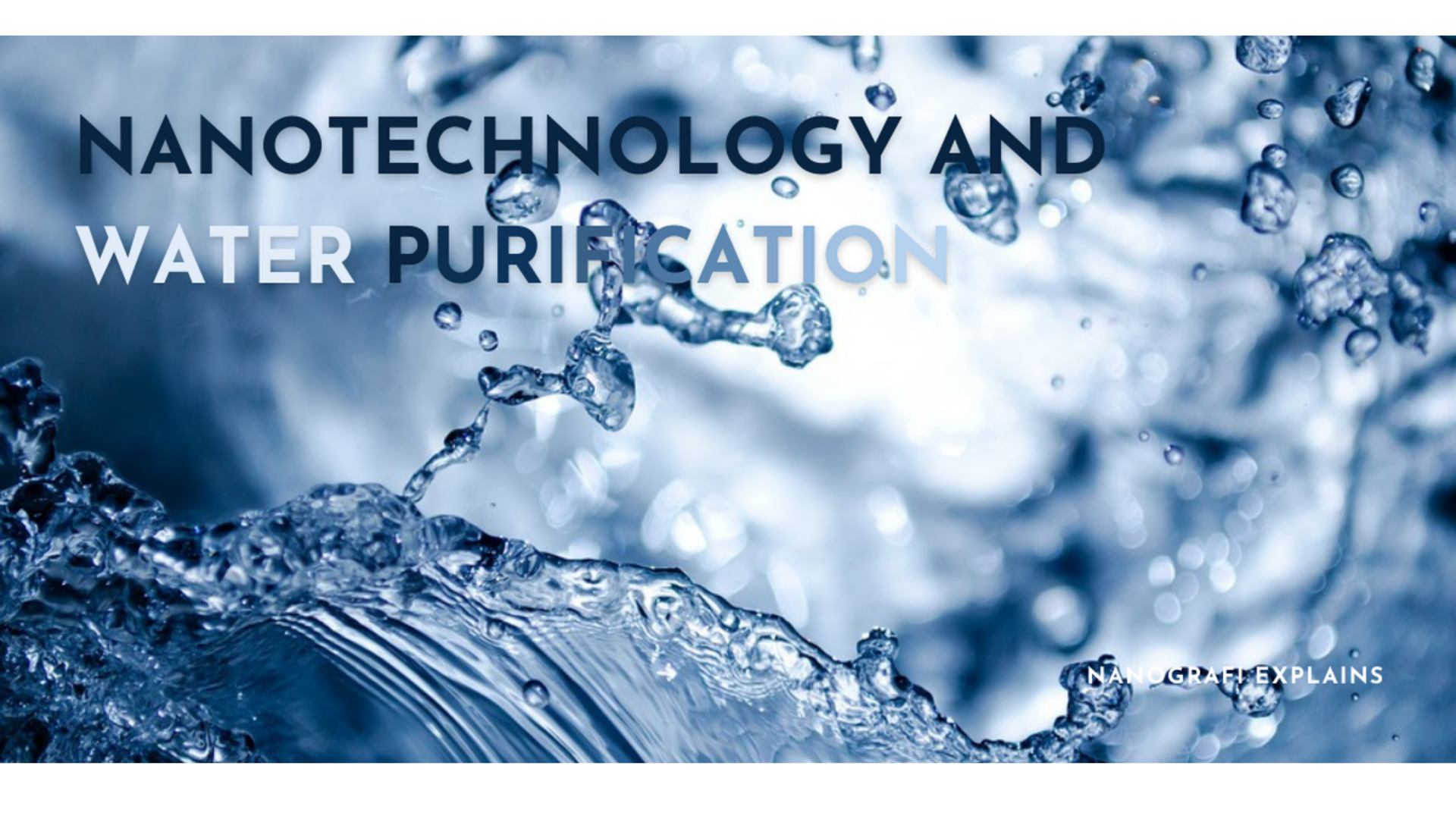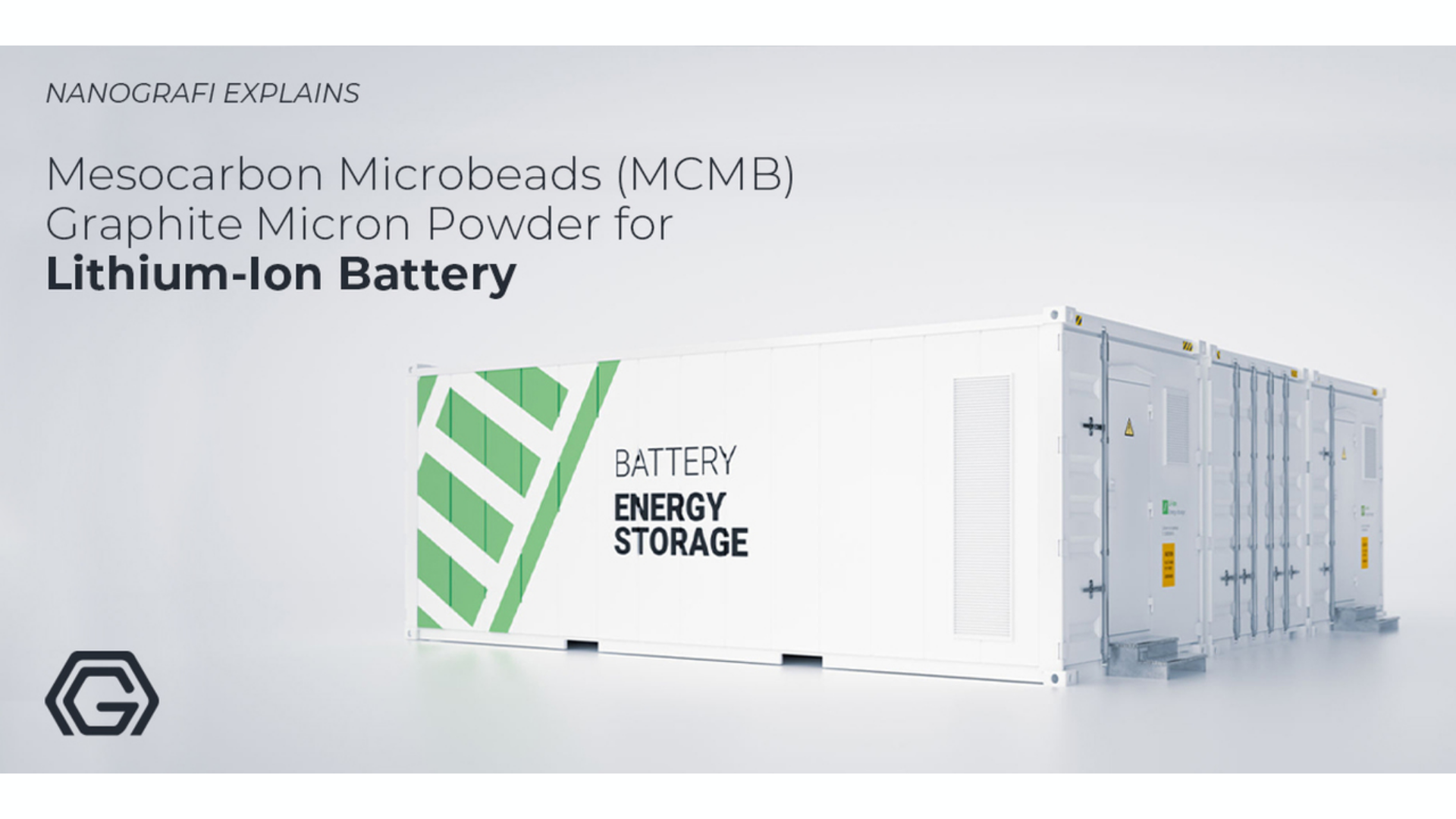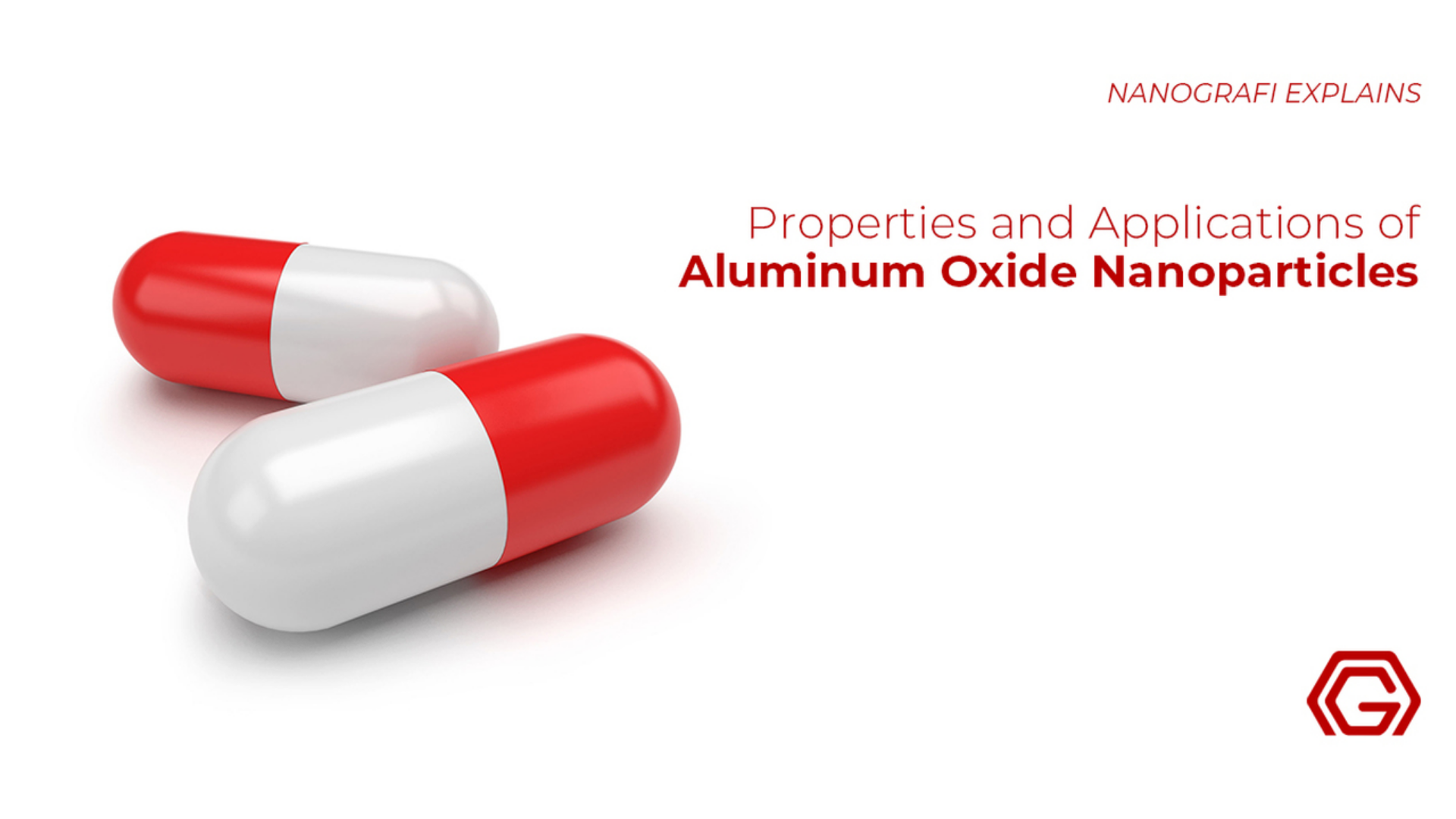How Nanotechnology Can Benefit Smart Cities
Nanotechnology is the indulgence of nanomaterials that are extremely tiny and are unable to be seen with naked eye, rather, a microscope is needed to see them
They are measured in nanoscale owing to their tiny nature.However, their size does not define their characteristics because they are rich in so many good features which not only make lives easier but also play a huge role in improving the economy. Cities are on their way to becoming smart cities and a lot of cities are already called smart cities and this has only happened due to the use of nanotechnology in cities which has massively brought positive changes and improved the lifestyle of people. There are several ways in which nanotechnology plays a role for smart cities, all of which are briefly explained in this article.
Introduction
"Nanoscience" aids us in understanding how nature works when it is seen on a tiny scale, the famous 'nanoscale', for instance when objects of the size of some nanometres are observed and their characteristics are studied. Moreover, a nanometre is a minuscule length's unit: 1 nanometre is equal to 0.000000001 meters, 0.000001 mm, or 0.001 microns or micrometers. You can use scientific notation like: 1 nm = 10-3 microns = 10-6 mm = 10-9 m, for writing the same chain of equivalences. The prefix 'nano' (tiny) is used for referring to the things that are extremely, small.
Information about nanotechnology
Nanotechnology is more than nanoscience and its purpose is converting the basic knowledge that it gives us, regarding the goods and material's new characteristics, to propose radically new ones or for the enhancement of the existing products. Essentially nanotechnology is concerned with how the knowledge that is coming from the nanoscience is being applied. Large investments are needed by the knowledge generation and they can have an advantageous return if such knowledge gets practiced. The fundamental application of knowledge generation occurs at research centers and universities, whereas the development of the knowledge application should occur in technological companies or centers.
Research about nanotechnology
It is usually felt that nanotechnology and nanoscience are almost futuristic and modern terms that one sees in Television series, novels, movies, and comics. Although, their innovations are not that much as its been nearly 50 years since the research in nanoscience has been brewing in the research laboratories. Richard Feynman, who won the Nobel Prize in Physics in 1959, anticipated various tools and concepts that are being utilized right now in this fascinating discipline. Although, it's been 15-20 years since the last dramatic boost from companies, institutions, and governments has been seen by nanotechnology and nanoscience, because they now know its huge potential.
Nanotechnology's influence
The media and society have been highly influenced by "nanotechnology". In this article, it will be utilized for referring to both the basic and the applied aspects. The nanoscale is a country that many kinds of nanostructures and nanoobjects inhabit. It is also known as the "nanoworld". Viruses, ribosomes, proteins, DNA strands, semiconductors and metal nanowires, graphene, carbon nanotubes, nanoparticles, molecules, atoms, etc. are included among those nanostructures and nanoobjects that inhabit it. Nanofauna displays various phenomena which would not exhibit themselves in their present as it has way great size, all of this makes nanofauna interesting. That's why nano is said to be different as it adds a significant value to everything as compared to the macro or micro.
Characteristics
Although it's not only the surface's significance as the objects go smaller and smaller, they also display the other mechanisms that can only be explained by the intriguing quantum mechanics. Scientists wrote the "manual of laws and rules" for understanding the laws, rules, and nature, and that's the way to understand quantum mechanics and explain the formation of complex molecules and various other more objects. It also explains the reaction of those complex objects towards light or magnetic fields, electric fields, and mechanical deformations. It's not alarming as this exciting discipline's basics won't have to be studied by the participants of the I+D+I Research Program.
Quantum effects
Those nano-objects in a series of "quantum" effects should be known which result in the presence of exciting characteristics. For instance, the electrons that are moving in a nanoparticle have allowed energy levels. The allowed energy levels are the certain energies that the moving electrons possess because of the quantum effects. Moreover, the allowable values for these energies start to change as the nano objects start becoming smaller. That's why when you change the object's size, various optical, magnetic, or electrical characteristics that are determined by these energy levels are changed too.
Advancements thanks to nanotechnology
Nanotechnology has aided us in innovating at the super microscopic nanoscale for forming materials that were unavailable previously and are extremely durable, conductive, and flexible. We can obtain incredible improvements in industry, science, and every field of our life by using these tiny nano-particles or instruments.
To get more information about nanotechnology applications in medicine,
you can read our other blog.
How will the future of smart cities be affected by Nanotechnology?
Following the latest enhancements in science and society, it is assumed that in the future, smart cities are gonna expand for accommodating various processes and larger populations within the cities and various processes will turn increasingly automated. Currently, nanotechnology is already affecting various areas in city life and there are clear pieces of evidence that this usage and impact of nanotechnology will only rise in the coming years.
Enhancement of existing cities
It is certain that with the ongoing advancements happening in the entire world, almost all the cities as well as trying to incorporate new technology but most of these methods include correcting the already present models and infrastructure. The already built models are being worked upon to add up or increase their value of them. The smart cities of the future will be needing and having an entire change of technology besides enhancing the already present models. This includes the use of nanotechnology to a great extent as it is playing such a huge role in this matter.
Smart Cities
All the cities are now thriving to become smart cities however, if we start calling it smart living then it would be more appropriate. Most cities are already incorporating new technologies in their daily lives to enhance their quality of life. These include the internet of things, huge databases, and algorithm related to machine learning all of which play a major role in enhancing the present infrastructure and also move a step towards the technology upgrade.
Revolution of industrial processes
There has to be a proper system through which various variations can take place and that is where all the smart networks combine after which the data is integrated and moved into the 4th industrial revolution. The thing is that the systems on which the cities are depending are capable of revolutionizing a lot of industrial processes, this is why these are being run continuously for better commercialization and understanding of how and why certain technologies shall be given an upgrade. The areas of maintenance are being approved at a greater level too because they add up to the enhancement of infrastructure as well.
Advanced monitoring
There are certainly other factors and aspects as well which are a major part of smart cities and include rather much more advanced forms of monitoring that usually take place in terms of the health of buildings structurally and an effective network of traffic that goes around cities. These factors are used to promote the protection of cities in terms of economy and environment, however, the most important factor that affects smart cities is the use of sensors. Sensors are necessary in terms of localizing the data points and then the transmission occurs over long distances as well all through the help of the internet.
Millimeter-wave technology
For the effective transformation of data by using 5G, NASA engineers were the ones who opted for the development of nano-enabled millimeter wave technology. This enables the effective transmission of data via the radio airwaves and prevents our cities from any disturbance or disruption. Before this, even the thought of digging up to a new fiber cable every few years for the carrying out of the same process seemed to be an unsustainable idea. However, nanotechnology enables this entire process by making the use of millimeter-wave technology effective through the building of a virtual fiber network as it successfully transfers unlimited data without any disruption. This works as a successful step towards the development of smart cities as this is the faster and most effective way of data transmission.
Incorporation of engineering and software
It is clear that incorporation of engineering and software that enable all the ongoing processes of smart cities, 'smart' but it is important to have an accuracy of data. Sensors play a vital role in manufacturing smart cities and these are the main objects that possess nanomaterials. The software programs that are carried out in this regard require so many different parts which work together in cohesion and besides that nanotechnology is playing a role in making the cities smart without encompassing any major changes to the previously enabled infrastructures.
Graphene Nano-Enabled Highways and Skyways
Graphene is capable of enabling highways and skyways which are stretched to a one-kilometer range of roads possibly present in Rome, Italy. This has been possible due to Directa Plus and Ilterchimica. Graphene comprises of such properties and characteristics which enable it to work in different sectors and usage of it as an additive in the road is one of those sectors. The resistance to wear of roads is possibly improved through the introduction of a tiny amount of graphene into the asphalt. Ultimately, through this, the life of roads increases from 6 to 12 years and becomes able to fight any adverse climate changes. This is how important nanotechnology is in moving towards the establishment of smart cities and enhancing the quality of living for all the people around.
Flexible buildings
The nanomaterials are also being used for the formation of flexible buildings which play a resistive role against polluted and dangerous environments, this also includes the intake of CO2 in the atmosphere. Nanotechnology is working tirelessly to bring ease for the people living in cities and that is why the structural course of buildings is also being enabled. This will add up more flexibility to the buildings and they can be kept safe and protected from any environmental hazards including earthquakes etc. Due to a good life in cities, more people are moving towards cities so it is evident that in future nanomaterials will be used more excessively in creating rather a much better living in cities and ultimately transforming them into smart cities with smarter future.
To get more information about 10 uses of Calcium Oxide,
you can read our other blog.
Nano-Enabled Smart Healthcare
Healthcare is considered the backbone of any smart city so keeping it maintained is very much necessary. It is surely going through a phase of transformation as nanomedicine is paving its way towards a future that can be extremely beneficial for future generations as well. Nanomedicine is taking care of so many processes that are going on in the healthcare systems, including refrigeration processes and point of care treatments specifically to build up a larger infrastructure. Nanotechnology is highly beneficial in combating life-threatening diseases so that a better and healthier future for our upcoming generations can be promoted.
Common diseases
Nanomedicines are being used to fight a lot of hazardous diseases including MS, Alzheimer's, and Parkinson's. However, these can be protected via injecting twice a year as nanomedicine carries along with such kind of potential. Another major beneficial aspect is that such medical assistance can be provided to everyone without having to consider the affordability issue.
If you want to obtain more information about nanotechnology applications in medicine,
you can read our other blog.
Nanomedicine
Nanomedicine is also rapidly bringing a change in healthcare with a lot of new uses in terms of drug delivery systems, therapies, vaccinations, diagnostics, etc. The introduction of telesurgery and telemedicine is also being brought to the front desk so that these advancements can bring a positive and healthier change in smart cities.
Pandemics and plagues
It is also very prestigious that the pandemics and plagues can be controlled and looked upon via the use of Nanosensors including nanomedicines and general care diagnostics. Advancements have been made to such an extent that there are certain tools and technologies which have been discovered to fight Ebola and the Zika viruses. Nonetheless, nanotechnology has helped in preventing the world from a pandemic by managing all the possible harms and mutations that these viruses can cause and spread.
Nano-Enabled Infrastructure
When an urban area expands, construction becomes an integral part of the entire growth process specifically in terms of infrastructure. The components that are used as building materials are extremely necessary and need to be vigilantly checked as they are the key role players of a competent building. Concrete and cement have already been used with the nanomaterials and further usage alongside nanomaterials is adding quality to the buildings which become functional for longer periods and not only strengthen the infrastructure but also provide it with the desired quality. Maintenance of heat and cold inside buildings can also be looked at which the nanosensors are capable of identifying and exhibiting.
Safety and security
Safety and security along with fancy and upgraded outputs are very much necessary. A city can become a smart city only if it is provided with high safety and security. The Chinese are working in using and developing nano latex inks for the signs present on roads to look after the traffic movements. Ultimately, all of this also affects the entire environment and works as regards a safer environment.
Nanotechnology in eco-paints
Adding up to all the uses of nanotechnology for smart cities, eco paints have also come forward as nanomaterials are now being used in eco paints as well. These paints are capable of performing two functions, one is as an anti-corrosive coating and the other one is the absorptive solution which is responsible for the catalysis of air pollutants to green gases. Eco paints are largely responsible for eradicating pollution from the cities and rather being called environment friendly.
Nano-Enabled Energy and Water resources
Energy and water resources are also being used with the help of nanomaterials and are bringing and upgrading the quality of smart cities. Batteries having the most potential are now gaining the attention that they deserve with the potential use of nanomaterials as a part of them. However, a lot of work in this regard is still being carried out to bring forth the safety and efficiency that is necessary for the smooth running of smart cities. Electric vehicles are competent enough to bring forth quality changes in smart cities that is why the production and usage of electric vehicles have massively increased as well. In this way, energy storage mediums have also gained a lot of attention and usage.
To get more information about nanotechnology applications in water purification,
you can read our other blog.
Energy storage mediums
Everyday electronics including stoves, washing machines, blenders, juicers, irons, etc are considered as the energy storage mediums and these have also started the use of nanomaterials in them. The major concern is safety when it comes to energy storage mediums so a trail test is run before launching them in the market where when these energy storage mediums containing nanomaterials are utilized for several years without causing any certain harm then they are a perfect fit for the smart cities. Their quality speaks for itself when no damage is caused to either the consumer or the product itself. Nanomaterials are, however, very famous for going through the testing trials as they are launched in the market only when they pass through that test.
To get more information about nanotechnology applications in energy storage,
you can read our other blog.
Nano-Enabled Food
Food packaging is highly beneficial for the proper storage and protection of food that is why nanomaterials in food packaging had been introduced and they have not failed once. However, researches are being gone on to incorporate nanotechnology in foodstuffs as well. The conclusion is still being awaited though. Meeting the safety standards is a crucial process and can take longer periods but once the target is achieved, success seems fruitful. The flavor, texture, and color of foodstuffs are specifically being worked upon as these are the key things necessary for a food item to grow in the market.
Reduction of salt and sugar in food
Excessive use of salt and sugar cause so many diseases which can be highly dangerous to human life that is why nanotechnology has stepped in and is now being used to limit the amount of salt and sugar in the food industry specifically in Europe as it is mainly responsible for the growth of nano-enabled meat and fish. This impacts the food industry in a very positive manner and allows prioritizing health when it comes to consuming carbohydrates and calories. This is not only a healthier step towards the food industry but also towards a healthier and positive environment.
To get more information about nanotechnology (Graphene) applications in food,
you can read our other blog.
Nano-Enabled Smart Living
Digital media is one of the most common concepts in today's era and is playing a key role for our future generations in terms of technology. However, nanotechnology is playing its role in this regard as well because it enables the storage of data that becomes helpful in providing education to people. The unique features and characteristics of nanomaterials are enabling them to be utilized in our homes and anything that we are certainly using for daily life achievements. This has brought a lot of stability to the daily lives of people and has moved another step towards the maintenance of smart cities.
Conclusion
Nanotechnology by far is being used in almost every other field owing to the excellent characteristics and features that it comprises. In today's world probably all the cities are transitioning to smart cities as nanotechnology is helping speed up the process. Upgrading the entire technology is surely a hard process but when achieved it does bring so many positive changes because it enhances the quality and quantity of life.
If you want to obtain more information, you can visit our Blografi.
References:
https://nano-magazine.com/news/2019/1/21/nanotechn...
https://www.sciencedirect.com/science/article/abs/...
https://link.springer.com/chapter/10.1007/978-3-03...
https://www.mdpi.com/1424-8220/13/1/393
Recent Posts
-
MXenes from MAX Phases
MXenes, a group of two-dimensional materials derived from MAX phases, are gaining significant tracti …19th Oct 2024 -
Preserving History with Graphene's Power
Cultural artifacts are at risk of deterioration over time due to the destructive effects of both na …11th Oct 2024 -
The Role of Graphene in Neuroelectronics
Neuroelectronics is an interdisciplinary field that aims to develop devices that can interact with t …4th Oct 2024




